Also Known As: Drumstick leaves, Malunggay (in the Philippines), Saijan (in India), Benzolive (in Haiti), and Horseradish tree leaves.
Moringa leaves, known for their nutritional richness and versatility, are a staple in various cuisines and traditional medicine across the globe. Originating from the Moringa oleifera tree, native to the tropical and subtropical regions of South Asia, these leaves are celebrated for their myriad health benefits and culinary applications.
Origins and Varieties
Moringa oleifera, often referred to as the “drumstick tree,” is native to the Indian subcontinent but is now cultivated in many tropical and subtropical regions worldwide. The leaves of the Moringa tree are vibrant green and have a distinctive shape, resembling large leaflets that grow in pairs along the stem. They are commonly harvested and used fresh, though they can also be dried for later use.
Health Benefits
Moringa leaves are prized for their exceptional nutritional profile. They are rich in vitamins, minerals, and antioxidants, making them a valuable addition to a balanced diet. The leaves contain high levels of vitamin C, vitamin A, calcium, potassium, and iron, among other essential nutrients. They are also recognized for their anti-inflammatory and antioxidant properties, which contribute to overall health and well-being.
Culinary Uses
In culinary traditions, Moringa leaves are utilized in various ways:
- Soups and Stews: Moringa leaves are often added to soups and stews, where they impart a mild, earthy flavor and contribute valuable nutrients.
- Salads: Fresh Moringa leaves can be used in salads, providing a nutritious and vibrant addition to fresh greens.
- Curries: In some cuisines, Moringa leaves are cooked into curries, enhancing both the flavor and nutritional content of the dish.
- Tea: Moringa leaf tea is gaining popularity for its health benefits. It can be made by steeping dried Moringa leaves in hot water, creating a refreshing and nutrient-rich beverage.
Cooking Tips
To prepare Moringa leaves for cooking:
- Harvesting: Harvest fresh leaves from the Moringa tree, selecting young and tender leaves for the best flavor and texture.
- Cleaning: Wash the leaves thoroughly to remove any dirt or debris.
- Cooking Methods: Add Moringa leaves towards the end of cooking to preserve their nutrients and vibrant color. They cook quickly and wilt similarly to spinach.
Conclusion
Moringa leaves are a versatile and nutritious ingredient that enhances both the flavor and health benefits of various dishes. Whether enjoyed in soups, salads, or teas, their nutritional richness and culinary versatility make them a valuable addition to any kitchen. Embraced for centuries in traditional medicine and cuisine, Moringa leaves continue to captivate with their exceptional nutrient profile and potential health-promoting properties.
Recipe Suggestions
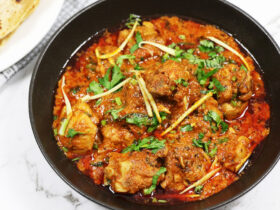
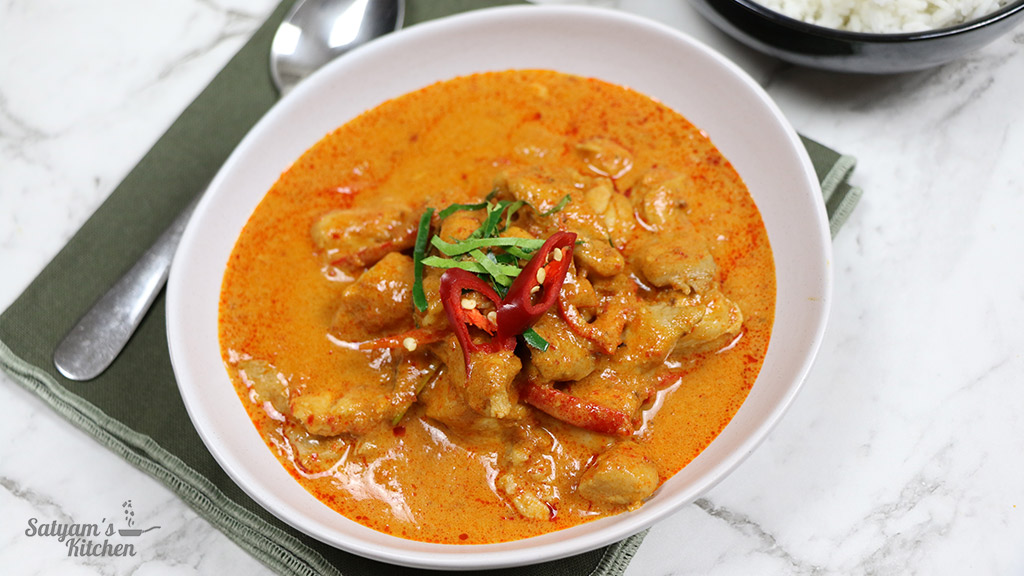
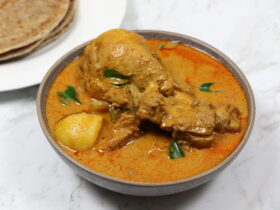

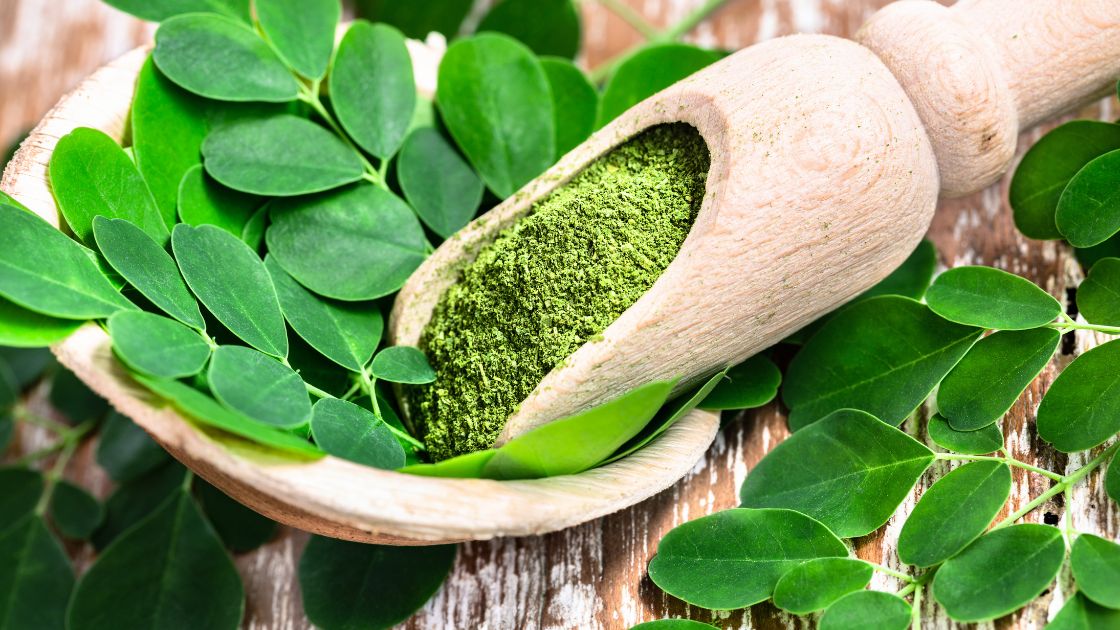



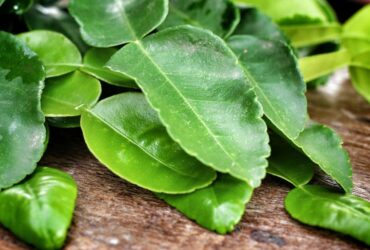
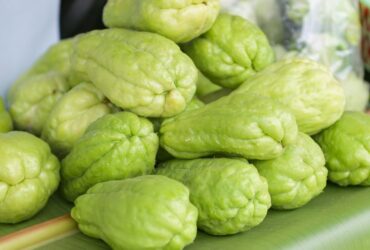
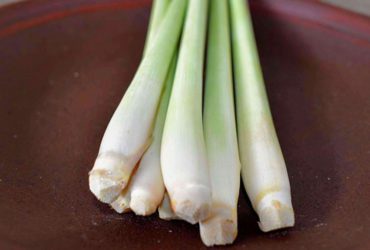
Leave a Review